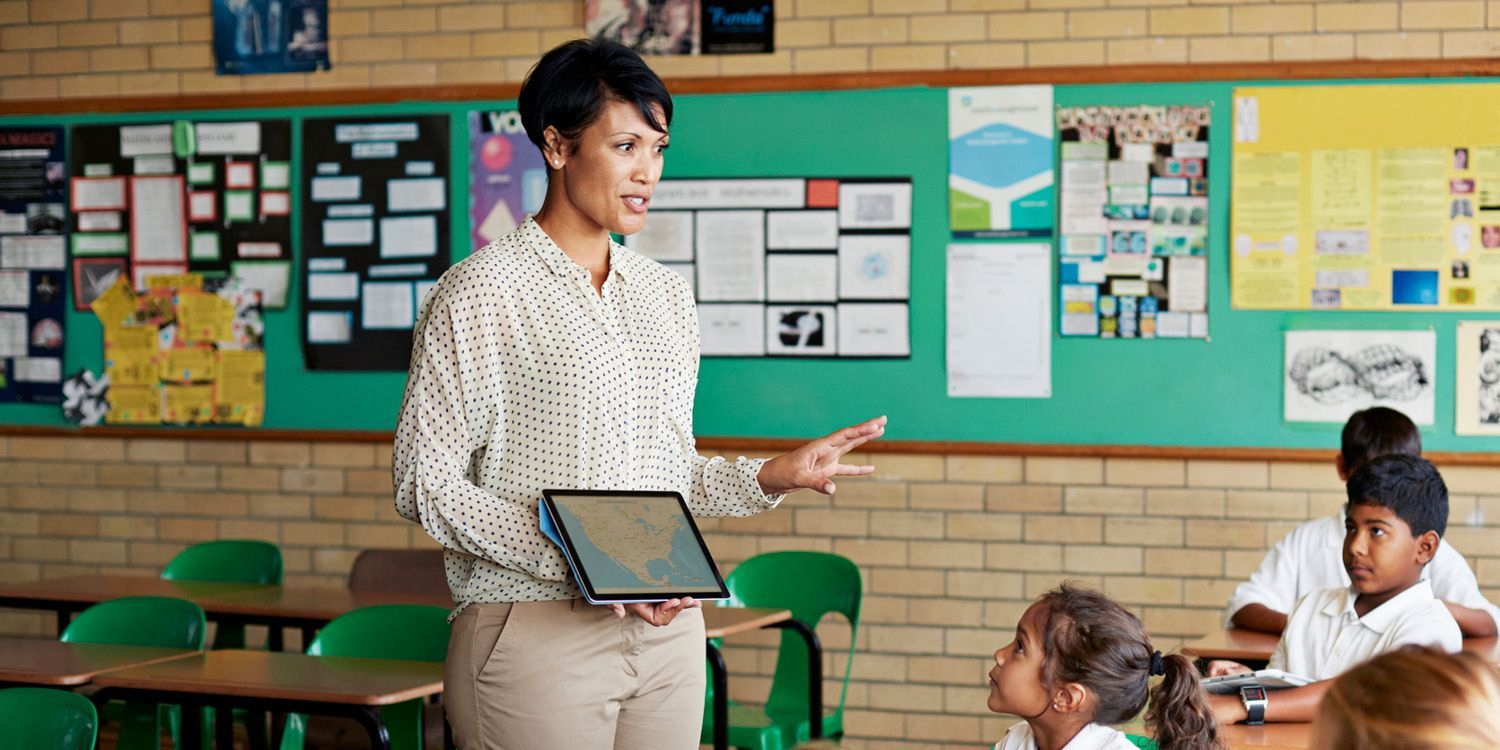Try Eduvacancy Today!
Get more out of Eduvacancy. Get full access to our
wide range of features!

Get more out of Eduvacancy. Get full access to our
wide range of features!


In the ever-evolving landscape of education, the role of technology in the classroom has become increasingly pivotal. From interactive whiteboards to educational applications, technology is reshaping the way educators teach and students learn. In this post, we'll explore the multifaceted impact of technology on classroom dynamics and how it’s paving the way for a more inclusive, interactive, and efficient learning environment.
The integration of technology in educational settings has significantly enhanced the learning experience for students. Interactive digital platforms and multimedia presentations make complex concepts more digestible, catering to various learning styles and preferences. The use of educational software and applications has opened up a realm of possibilities for personalized learning, allowing educators to tailor content to individual student needs.
Technology plays a crucial role in fostering inclusivity in the classroom. Assistive technologies enable students with disabilities to participate more fully in the learning process, breaking down barriers to accessibility. Furthermore, online resources and e-learning platforms make education more widely available, bridging geographical and socio-economic gaps.
The advent of collaborative digital platforms has revolutionized group work and peer-to-peer interactions. Students can now work together on projects in real-time, regardless of their physical location, fostering a sense of community and enhancing their communication and teamwork skills.
In today’s digital age, acquiring digital literacy skills is non-negotiable. Exposure to technology in the classroom equips students with the essential skills to navigate the digital world responsibly and effectively. It prepares them for a future where digital competence will be a prerequisite in almost every field.
Technology has streamlined the assessment process, making it more efficient and environmentally friendly. Online assessments and quizzes provide immediate feedback, helping students identify areas for improvement and allowing educators to track progress more effectively.
The internet is a treasure trove of information. Students and educators alike have access to an extensive array of resources, from academic articles to instructional videos. This abundance of information fosters a culture of independent learning and research, encouraging students to take charge of their educational journey.
Communication between parents and teachers is vital for student success. Digital communication platforms have made it easier for parents to stay informed about their child’s progress, upcoming assignments, and school events, fostering a supportive learning environment.
Technology in the classroom is not just about enhancing the learning experience; it’s about preparing students for the future. Familiarity with technology fosters adaptability and versatility, skills that are highly valued in today’s increasingly digital workforce.
The shift towards digital resources reduces the reliance on paper, contributing to environmental sustainability. Additionally, the availability of free online resources and the longevity of digital devices can make technology a cost-effective option in the long run.
While the benefits of technology in the classroom are manifold, it’s essential to address challenges such as digital divide, online safety, and screen time. Educators must be vigilant and proactive in ensuring that technology is used responsibly and equitably.
In conclusion, the role of technology in the classroom is transformative, offering a myriad of opportunities for enhanced learning, inclusivity, and preparation for the future. However, it requires thoughtful implementation and continuous reflection to maximize its potential and address challenges. As we continue to navigate the digital age, the integration of technology in education remains a dynamic and exciting frontier, shaping the future of learning for generations to come.
#Education #Teachers #BuildCareer
#Education #TeachingStrategies #ClassroomManagement
#Education #Students #CellPhones
#Education #TeachingStrategy #Grading
#Education #LearningStrategy #PersonalizedLearning
#Education #PersonalizedLearning #Classroom
#Education #TeachingStrategy #Metacognition #Classroom
#Education #Effective #ClassroomManagement
#Education #Grammar #CivicEngagement #SupportOnlineTeaching
#Education #Impact #Schools #Society
#Education #GoodSchoolRequirements
#Education #Education #OfflineClasses
#Education #PublicSchools #PrivateSchools
#Education #EducationPolicy
#Education #BuildCommunity #Classroom
#EdTechRevolution #FutureOfEducation #TeachersTechCorner #EduvacancyCareers